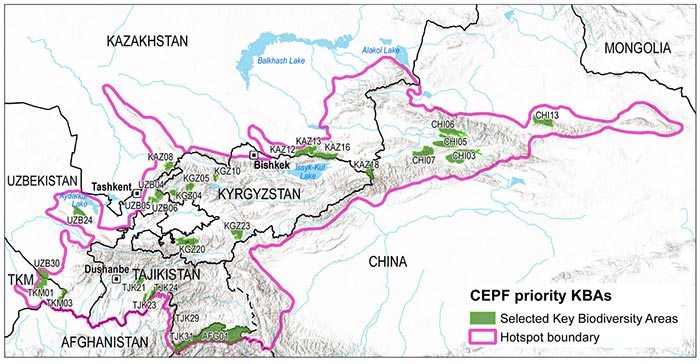Eligible Countries: Afghanistan, Kazakhstan, Kyrgyzstan, Tajikistan, Uzbekistan
Opening Date: Wednesday, 6 May 2020
Closing Date: Wednesday, 17 June 2020
Grant Size: US$20,000 to US$150,000
CEPF and WWF Central Asia, as regional implementation team for the hotspot, are accepting letters of inquiry (LOIs) from non-government organizations, community groups, indigenous people’s organizations, women’s groups, private companies and other civil society organizations in relation to the eligible activities and geographies described below. This is the first of several large-grant calls for proposals (CFP) that will be made public through 2024.
«read more»

